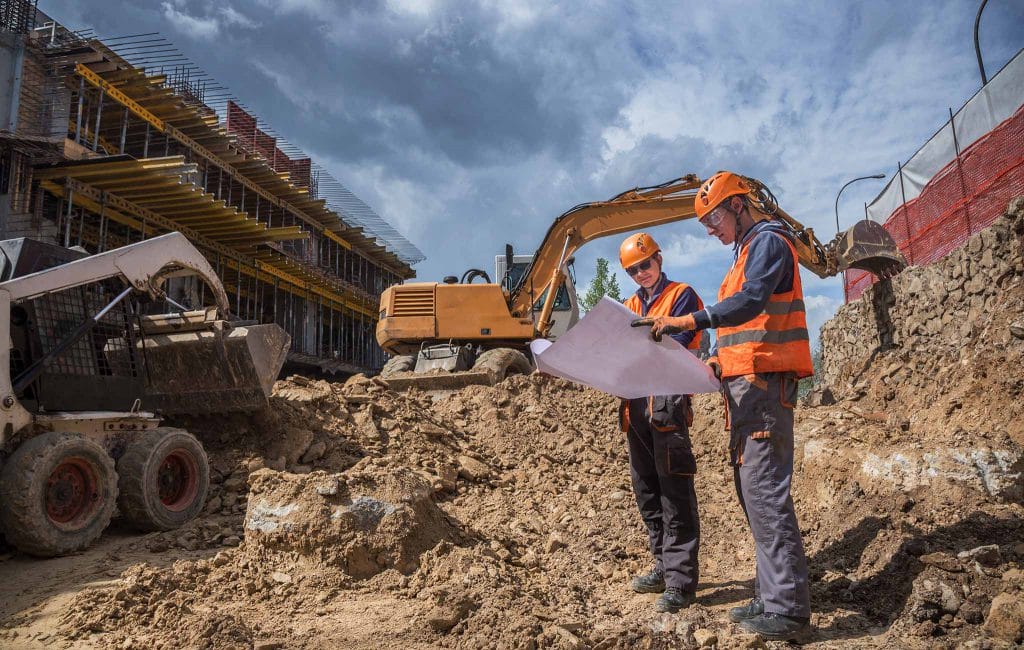Unearthing the Secrets Beneath: An Introduction to Geotechnical Engineering
October 27, 2023 2023-10-31 15:26
Unearthing the Secrets Beneath: An Introduction to Geotechnical Engineering
Introduction
The world beneath our feet is a complex and ever-changing landscape, teeming with mysteries waiting to be unraveled. Geotechnical engineering is the field that allows us to understand and harness the power of the Earth’s crust. It plays a pivotal role in the construction of bridges, skyscrapers, dams, and tunnels, making it a cornerstone of modern infrastructure development. In this article, we will embark on a journey to explore the fascinating world of geotechnical engineering and discover the crucial role it plays in shaping our world.
Understanding Geotechnical Engineering
Geotechnical engineering is a specialized branch of civil engineering that deals with the behavior of soils and rocks. It involves the study of the Earth’s subsurface to determine its properties, strengths, and limitations. This knowledge is essential for the safe and sustainable design of various construction projects. Whether you’re planning to build a small house or a massive dam, geotechnical engineering holds the key to success.
The Geotechnical Toolbox
To tackle the complexities of the Earth’s subsurface, geotechnical engineers employ a diverse set of tools and techniques. Here are some of the fundamental components of their toolbox:
- Soil Sampling: Geotechnical engineers collect soil samples to analyze their composition, density, moisture content, and other properties. This information helps them make informed decisions about foundation design and construction methods.
- Laboratory Testing: In-depth laboratory tests provide valuable insights into soil behavior. Tests such as triaxial compression and consolidation tests help determine the strength and compressibility of soil.
- Geophysical Surveys: Geophysical techniques like seismic surveys and ground-penetrating radar are used to create subsurface maps, revealing hidden structures, voids, and potential hazards.
- Slope Stability Analysis: Geotechnical engineers assess the stability of slopes to prevent landslides and ensure the safety of infrastructure built on or near hilly terrain.
- Foundation Design: The selection of the right foundation type (e.g., shallow or deep) is crucial in preventing structural failures. Geotechnical engineers consider factors like soil bearing capacity and settlement to make informed decisions.
Promoting the Link: A Visual Introduction
For a more immersive experience, we encourage you to watch this video on geotechnical engineering: Insert Link Here. This video provides a visual introduction to the field, offering a glimpse into the practical applications and exciting challenges geotechnical engineers face.
The Impact of Geotechnical Engineering
The impact of geotechnical engineering extends far beyond the construction site. Here are a few areas where its influence is felt:
- Disaster Mitigation: Geotechnical engineers play a vital role in disaster preparedness and response. They assess the vulnerability of regions to earthquakes, landslides, and floods, helping communities minimize risks.
- Environmental Protection: Proper soil and groundwater management are essential for preserving the environment. Geotechnical engineers design solutions for containing contaminants and rehabilitating polluted sites.
- Infrastructure Resilience: In a rapidly changing climate, geotechnical engineering is pivotal in designing resilient infrastructure that can withstand extreme weather events and rising sea levels.
- Resource Exploration: The extraction of valuable minerals and energy resources from the Earth’s subsurface requires geotechnical expertise to ensure safe and sustainable operations.
Conclusion
Geotechnical engineering is the bridge between the world above and the mysteries hidden beneath the Earth’s surface. It empowers us to build grand structures, protect the environment, and safeguard communities from natural disasters. By understanding the soil and rock that underpin our world, geotechnical engineers contribute to the foundation of modern civilization.
So, the next time you walk across a bridge, gaze up at a skyscraper, or drive through a tunnel, remember the unsung heroes of geotechnical engineering who make it all possible.
For an even deeper dive into this fascinating field, check out the video we mentioned earlier: Watch Now. It’s an excellent starting point for anyone intrigued by the secrets buried beneath our feet.
Related Posts
Unearthing the Secrets Beneath: An Introduction to Geotechnical Engineering
October 27, 2023 2023-10-31 15:26Popular Tags

























